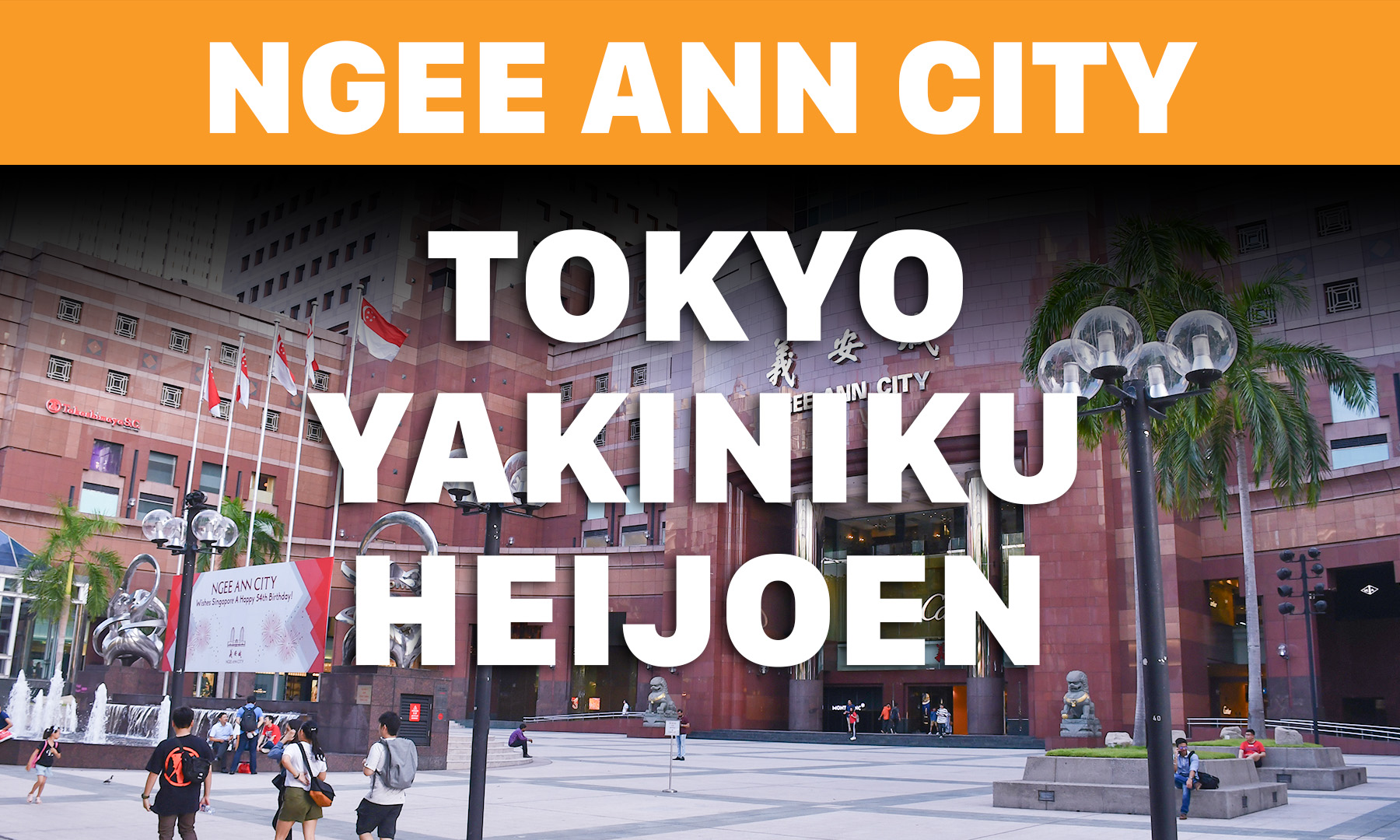The Great Sphinx of Giza: Riddles and Secrets


Introduction:
Standing proudly at the Giza Plateau in Egypt, the Great Sphinx is an enigmatic and awe-inspiring monument that has captured the imaginations of people for millennia. With the body of a lion and the head of a human, this ancient statue has become a symbol of mystery and intrigue. Beyond its grandeur lies a wealth of riddles and secrets that continue to fascinate archaeologists, historians, and visitors alike. In this article, we delve into the mysteries surrounding the Great Sphinx of Giza and explore the intriguing questions that surround its construction, purpose, and hidden chambers.
- Origins and Age:
One of the first and most captivating mysteries surrounding the Great Sphinx is its origins. Scholars believe that it was built during the reign of Pharaoh Khafre, who ruled Egypt during the Old Kingdom period of ancient Egyptian history. However, the exact purpose and date of its construction are still debated. Some theories suggest a much older age, potentially predating the reign of Khafre by thousands of years. Unraveling its true age remains an ongoing puzzle for researchers. - Purpose and Symbolism:
The purpose of the Great Sphinx is another enigma that continues to baffle experts. While it is widely accepted that it was created as a monumental sculpture, its specific role and symbolism remain elusive. Some propose that the Sphinx represented a guardian figure, protecting the nearby pyramids and temples. Others suggest religious or astronomical associations, associating it with the sun god Ra or the constellation of Leo. The true purpose of the Sphinx may forever remain shrouded in mystery. - Lost Chambers and Hidden Passages:
One of the most tantalizing secrets of the Great Sphinx lies beneath its massive body. Throughout history, explorers and archaeologists have speculated about the presence of hidden chambers and passages within or beneath the monument. Could there be hidden chambers waiting to be discovered? Many theories propose the existence of a hidden network of tunnels and rooms that may hold ancient treasures or sacred artifacts, waiting to be unveiled by future excavations. - Restoration and Weathering:
The Great Sphinx has endured centuries of wear and weathering, leaving it in a state of erosion and decay. Its iconic face has captured the effects of time and the elements, with notable damage to the nose, which is now missing. While some damage is attributed to natural causes, others suggest deliberate destruction, potentially by ancient vandals or conquerors. Restorations and ongoing preservation efforts continue to shed light on the mysteries hidden within the Sphinx's weathered features. - Sphinx and the Orion Correlation Theory:
The Orion Correlation Theory proposes a connection between the layout of the Giza Plateau and the arrangement of stars in the Orion constellation. Some researchers believe that the Great Sphinx, along with the nearby pyramids, was purposely aligned with specific celestial bodies. This theory suggests an intricate relationship between ancient Egyptian civilization and astronomical knowledge, raising intriguing questions about the Sphinx's possible celestial significance.
Conclusion:
The Great Sphinx of Giza stands as an enduring enigma, captivating all who encounter it. With its ancient origins, undeciphered purpose, hidden chambers, and weathered façade, it continues to inspire wonder and curiosity. As ongoing research and discoveries shed new light on this colossal monument, we inch closer to unraveling the riddles and secrets that surround the Great Sphinx. Yet, for all that we have uncovered, there is much that remains elusive, reminding us that some mysteries are destined to endure, adding to the timeless allure of this extraordinary ancient wonder.



































































































